An ideal gas follows a cyclic process as shown in figure. Internal energy of gas at point A is 10 J while at B is 70 J. the heat absorbed by gas in BC is 120 J.
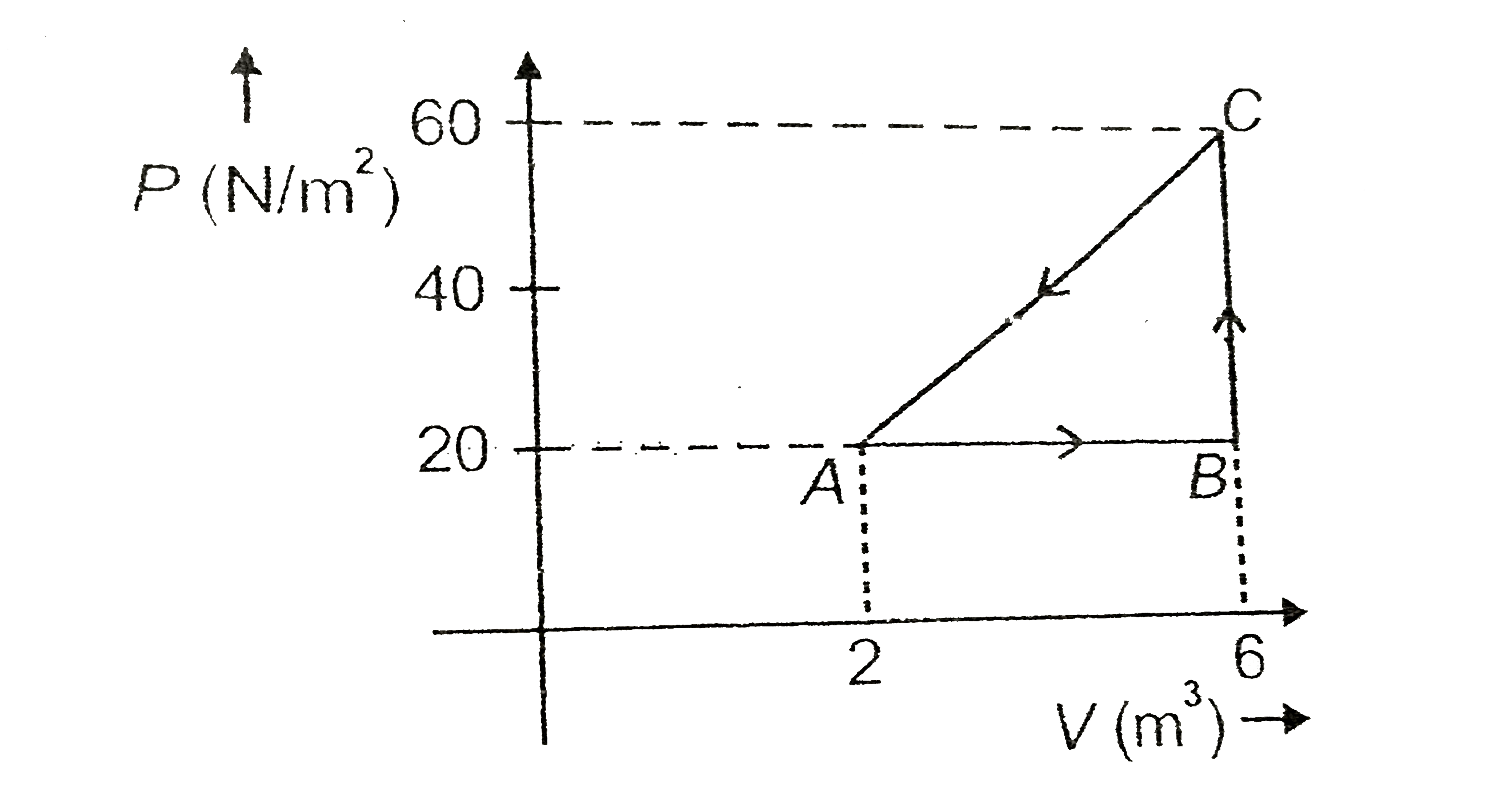
(a) How much heat is absorbed in process AB?
(b) Find heat energy rejected or absorbed by gas in process CA.
(a) Process AB is isobaric. For AB process,
ΔU=UB−UA=60J
W=PΔV=20(6−2)=80J
⇒QAB=ΔU+W=60+80=140J
(b) Net area enclosed by ABCA=net work done (which is negative since process is anticlockwise)
⇒∑W=−12×40×4=−80J
For any cyclic process,
∑Q=∑W ltBrgt ⇒QAB+QBC+QCA=−80
⇒140+120+QCA=−80
⇒QCA=−340J.
Similar Questions
An ideal gas is taken round a cyclci thermodynamic process ABCA as shown if Fig. If the internal energy of the gas at point A is assumed zero while at B it is 50 J. The heat absorbed by the gas in the process BC is 90 J.
(a) What is the internal energy og the gas at point C ?
(b) How much heat energy is absorbed by the gas in the process AB?
(c ) Find the heat energy rejected or absorbed by the gas in the process CA.
(d) What is the net work done by the gas in the complete cycle ABCA ?
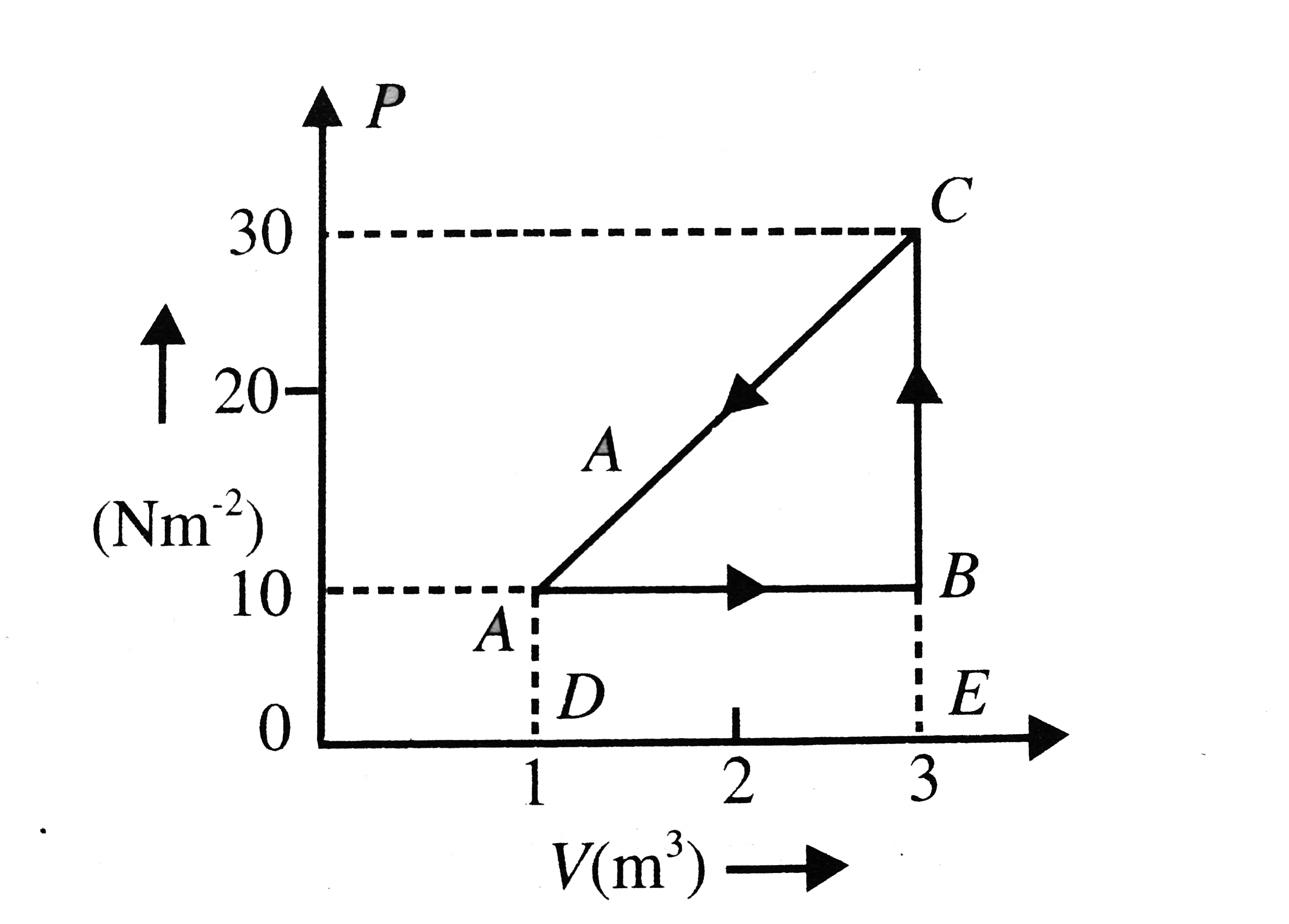 View Solution
View SolutionOne mole of an ideal monatomic gas is taken round the cyclic process ABCA as shown in figure. Calculate

(a) the work done by the gas.
(b) the heat rejected by the gas in the path CA and the heat absorbed by the gas in the path AB,
(c) the net heat absorbed by the gas in the path BC,
(d) the maximum temperature attained by the gas during the cycle.View Solution
Knowledge Check
- Question 1 - Select One
An ideal monoatomic gas undergoes a cyclic process ABCA as shown in the figure. The ratio of heat absorbed during AB to the work done on the gas during BC id
 A52ln2B53C54ln2D56
A52ln2B53C54ln2D56 - Question 2 - Select One
Two moles of helium gas undergo a cyclic process as shown in figure. Assuming gas to be ideal, the net heat exchange in the process will be
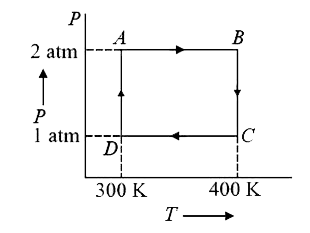 A1000 JB1152 JC1200 JD1500 J
A1000 JB1152 JC1200 JD1500 J - Question 3 - Select One
In a cyclic process shown in the figure an ideal gas is adiabatically taken from BtoA, the work done on the gas during the process BtoA is 30,J when the gas is taken from A to B the heat absorbed by the gas is 20J Then change in internal energy of the gas in the process A to B is :
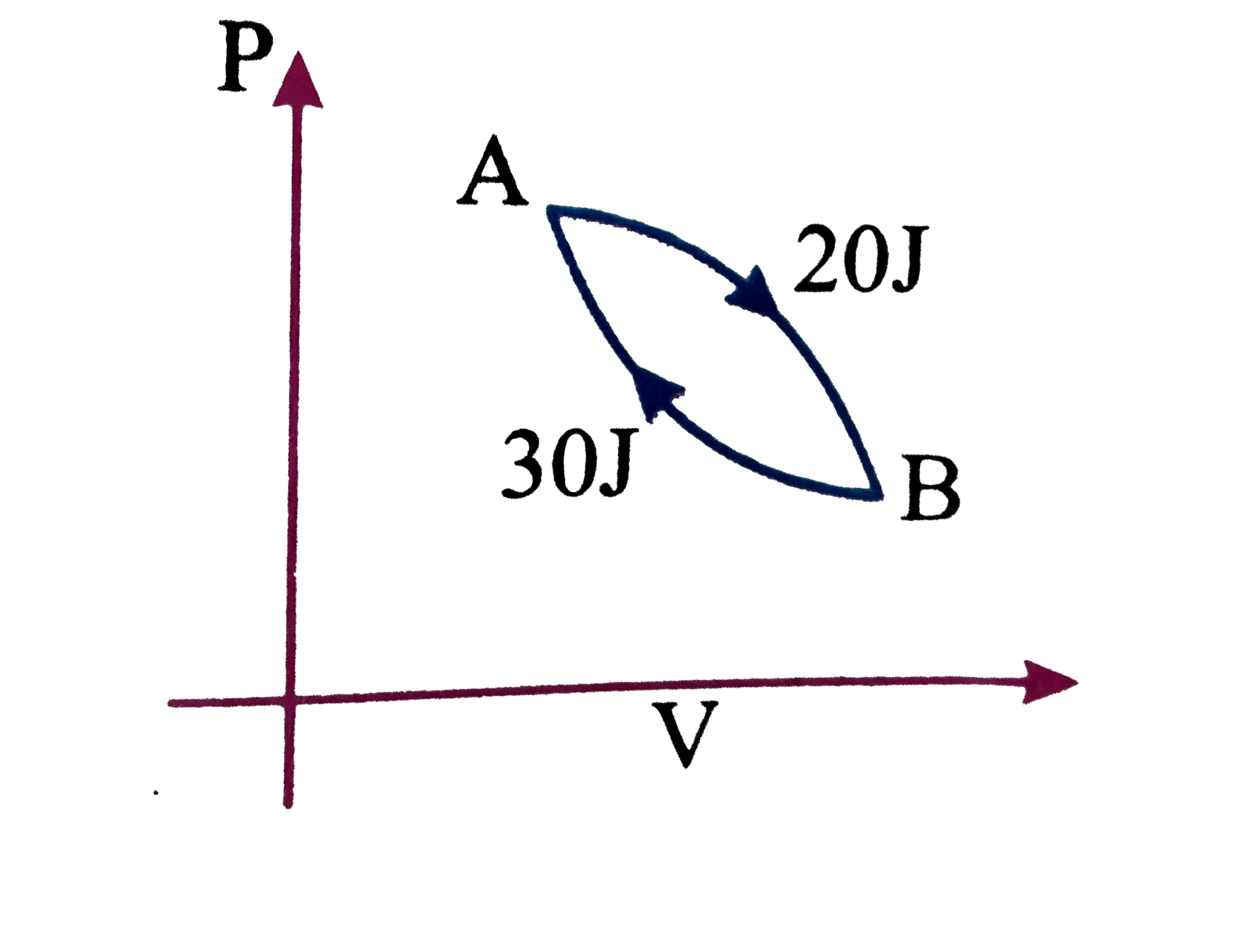 A20JB−30JC50JD−10J
A20JB−30JC50JD−10J
One mole of ideal monoatomic gas is taken round the cyclic process as shown in figure.

The heat rejected by the gas in the path is ………...and the heat absorbed by the gas in the path AB is ………...........View SolutionOne mole of monoatomic gas is taken round the cyclic process. Heat absorbed by gas in process AB is
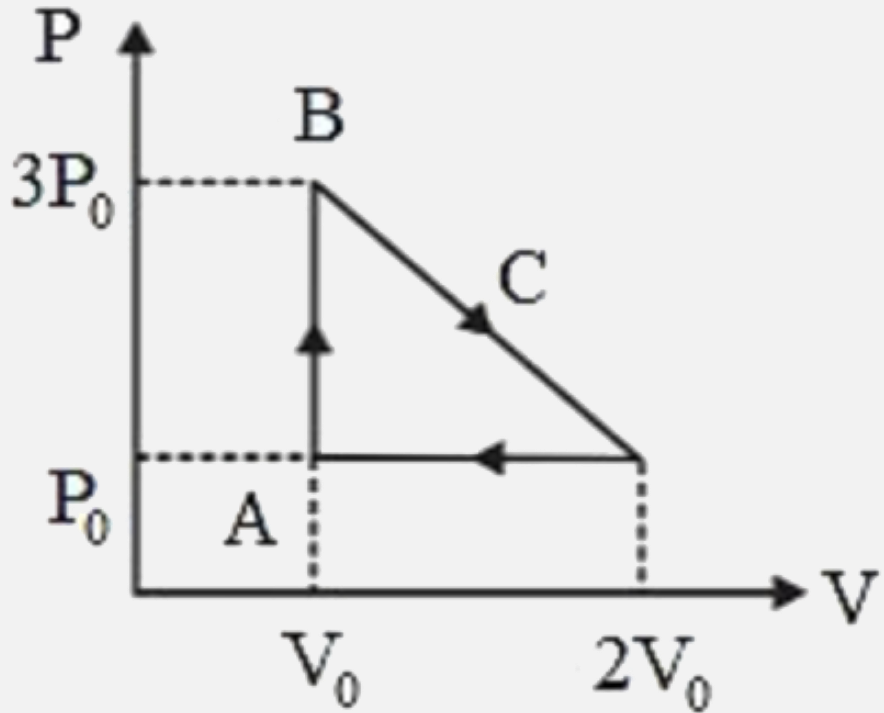 View Solution
View SolutionA gas is taken through a cyclic process ABCA as shown in, if 2.4 cal of heat is given in the process, what is the value of J ?
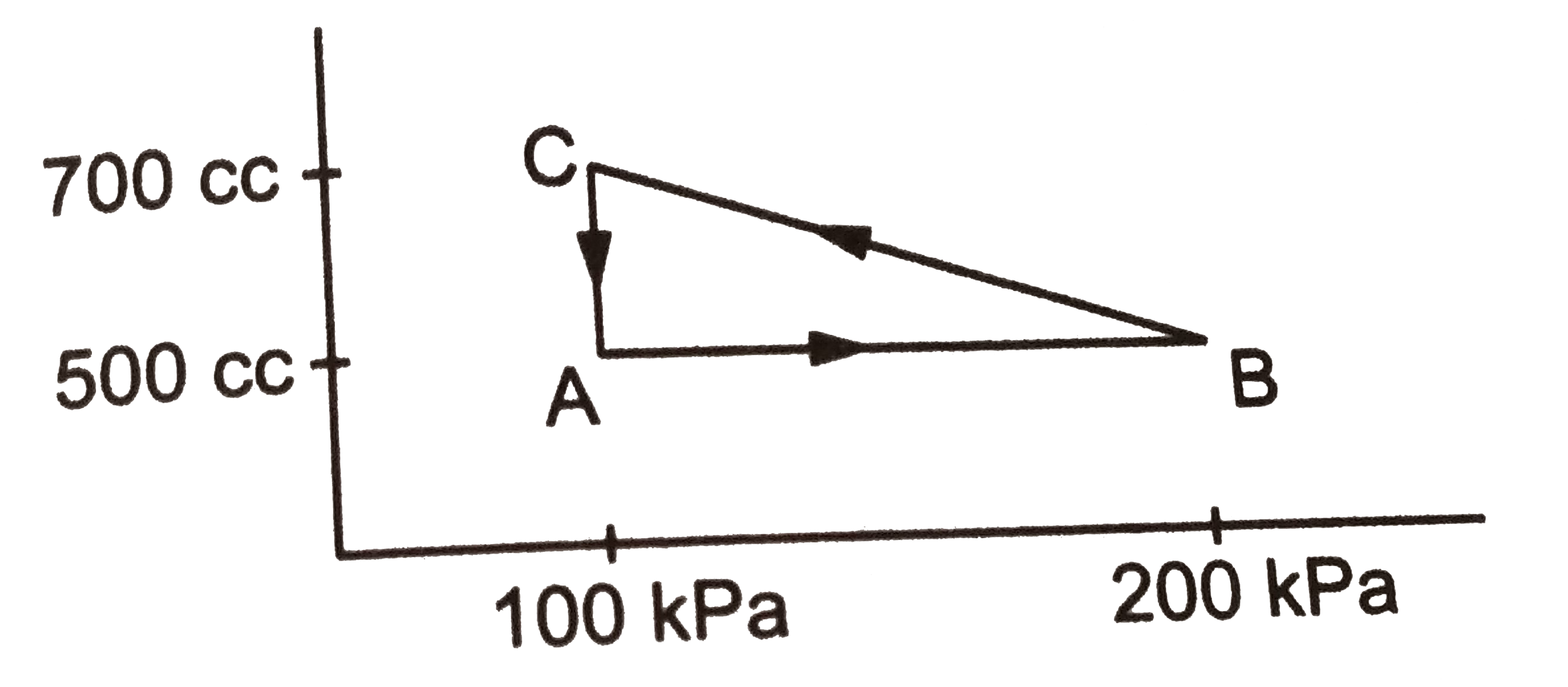 View Solution
View SolutionIn a cyclic process shown in the figure an ideal gas is adiabatically taken from A to B the work done on the gas during the process A→B is 80 J, when the gas is taken from B to a the heat absorbed by the gas is 40 J. What will be work done by the gas in process B→A?
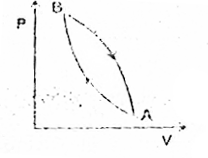 View Solution
View SolutionIf the internal energy of an ideal gas varies as U=2PV and the gas undergoes an expansion as shown below, then heat absorbed in the process will be :
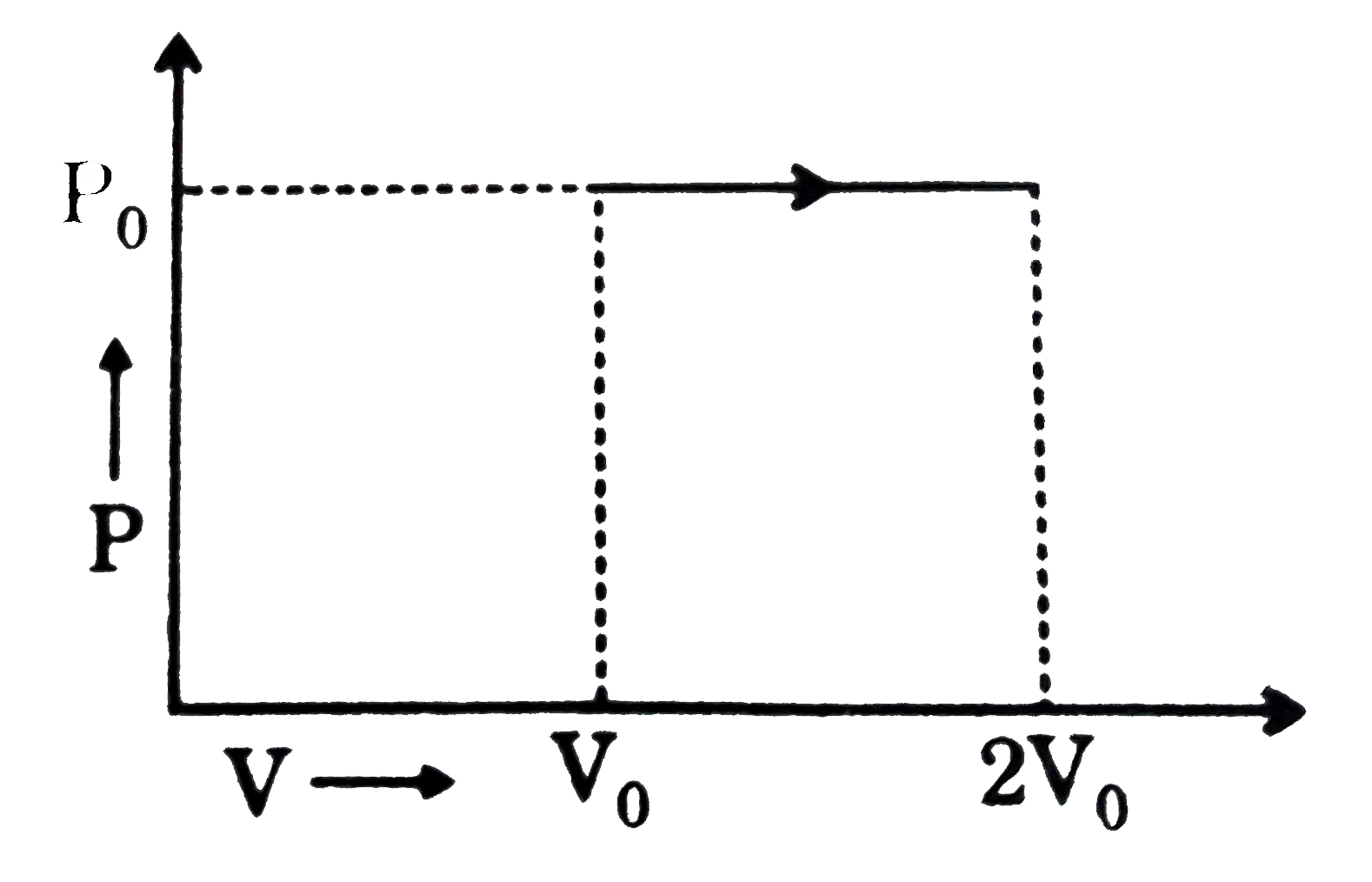 View Solution
View Solution
